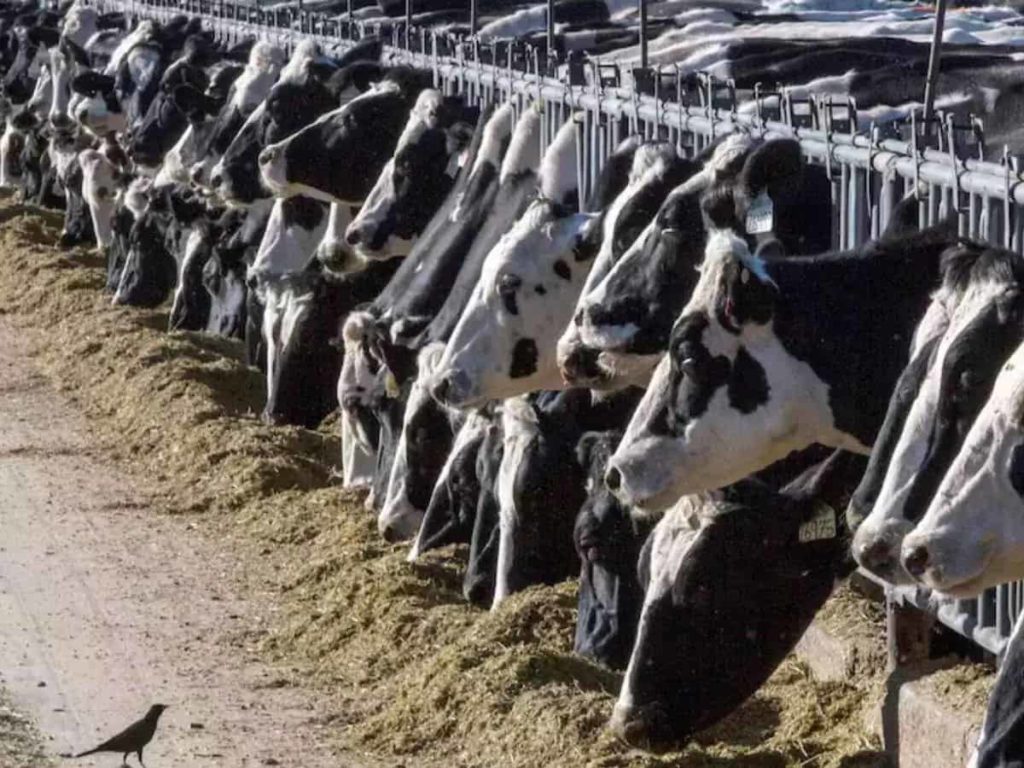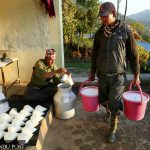
Medical experts express concerns over the potential for a more severe pandemic compared to COVID-19. The Texas case involved highly pathogenic avian influenza A (H5N1), a particularly dangerous strain. The CDC notes similarities between this virus and those affecting cattle, wild birds, and poultry across certain US regions.
The bird flu outbreak has now affected dairy cows in six US states, with a farmworker in Texas also falling ill. Medical experts express concerns over the potential for a more severe pandemic compared to COVID-19. The Texas case involved highly pathogenic avian influenza A (H5N1), a particularly dangerous strain. The CDC notes similarities between this virus and those affecting cattle, wild birds, and poultry across certain US regions.
Additionally, scientists have identified 13 new viruses in a remote area of Antarctica, two of which are potentially impactful on humans. This development adds to the existing 25 virus families known to cause human illness.
What Is Avian Flu?
Avian flu, also known as bird flu, is a type of influenza virus that primarily infects birds. There are various strains of avian flu, some of which can infect humans and other animals. The most well-known strain that infects humans is the H5N1 subtype. Avian flu viruses can cause a range of symptoms in birds, from mild illness to severe disease and death.
In humans, avian flu infections can vary in severity, from mild symptoms similar to seasonal flu to more severe illness and even death in some cases. Transmission of avian flu viruses to humans usually occurs through direct contact with infected birds or their droppings, although in some cases, limited human-to-human transmission has occurred.
Does India Need To Worry?
“Last week, the government assessed the prevailing influenza viruses in India. We did not identify any concerning levels of avian influenza. H1N1, known to cause swine flu, was detected, but there was nothing unusual noted,” News18 quoted a top government official as saying.
There is only one instance of H5N1 infection reported in India which occurred in 2021 when an 18-year-old man from Haryana succumbed to the illness. Nevertheless, experts suggest that the scarcity of additional documented cases might stem from insufficient surveillance measures.
While bird flu is not a new disease, an emerging new lineage 2.3.4.4b of H5N1 has been spreading across the globe since late 2020, mainly carried by migratory birds following certain routes.
You can now read the most important #news on #eDairyNews #Whatsapp channels!!!
🇮🇳 eDairy News ÍNDIA: https://whatsapp.com/channel/0029VaPidCcGpLHImBQk6x1F

















